BT Reveal FTTC “Fibre Broadband” Cabinet Cost as BDUK Clarify Delays
The cross party Culture, Media and Sport Committee inquiry into UK broadband infrastructure has revealed some useful new information on the “cost per [street cabinet]” of BT’s (Openreach) FTTC “fibre broadband” service and confirmation of which BDUK areas have fallen behind their coverage targets.
At present the Government’s state aid supported Broadband Delivery UK programme has just achieved its original Phase One target, which claims to have put 90% of people within the United Kingdom in reach of being able to order a superfast broadband (24Mbps+) connection (here). Work on Phase Two (95% coverage) is now slowly getting under-way and should complete by around 2017/18.
Progress has been reasonably good for such a large project, although you might expect that to happen given that all of the Phase One contracts are being dominated by the national telecoms giant (BT) using a mix of ‘up to’ 80Mbps Fibre-to-the-Cabinet (FTTC / VDSL) and ultrafast 330Mbps Fibre-to-the-Premises (FTTP) technology. However Phase Two is a bit more diverse, with Gigaclear, Call Flow and some wireless ISPs also playing a role, although BT still dominates most of the contract extensions.
However it’s worth nothing that some of the 40 or so Local Authorities involved in the Phase 1/2 stages of the national BDUK programme are running behind schedule and the organisations CEO has now clarified matters to the inquiry team.
Chris Townsend, CEO of BDUK, said:
“I am delighted to report that we are maintaining good progress on Phase 1 of the Superfast Broadband Programme and as a result we are at or around the 90% UK superfast target in line with the timetable that we have set.
With respect to progress with individual projects, I am pleased to report that since I gave evidence to the Committee on 9 December 2015, the position on projects behind schedule has improved as a result of our continued intervention, to the point where we now have three projects of concern to BDUK regarding delays to overall deployment.
Two of these are Cumbria and Lancashire, which have suffered delays due to extreme bad weather and flooding, causing a delay to 20,000 premises within those projects, and the third is Wiltshire which is currently projected to be approximately 3,000 short at its end point at the end of March 2016. We are working with BT and the local bodies to agree a recovery plan.
However, overall the Superfast Broadband Programme is 200,000 premises ahead of schedule. Based on current data and information we are on schedule with regard to delivering our next target of 95% superfast broadband coverage by the end of 2017.
In addition to the above we continue to seek support from BT to provide premises coverage data which will assist the delivery of the ten alternative network provider projects under Phase 2. This will prevent overbuild and ensure that gaps in coverage can be filled cost efficiently. We hope that BT will supply that data in the very near future.”
We wrote a bit about the Superfast Lancashire (SFL) project earlier this week, which originally aimed to deliver 97% coverage of “high-speed fibre broadband” by the end of 2015 and then 99% by around 2017/18 (here). However the project’s last website news / progress update was made well over one year ago.
Elsewhere BT has also produced a couple of written submissions for the inquiry (example), but the one of most interest to some of our readers will be their response to questions about the cost of rolling-out new FTTC street cabinets under BDUK Phase One and Two.
BT’s Written Statement
1. Could you explain what type of expenditure is being treated as operational expenditure, as opposed to capital expenditure, especially as it relates to the BDUK phase 1 and phase 2 programmes?
BT can only claim funding against capitalisable expenditure that is incurred in relation to the implementation of the network specific to the local body’s intervention area. To support this activity, BT incurs incremental expenditure that cannot be capitalised, which includes some management of the programme during the deployment period and some management and reporting costs associated with the implementation of the network. These include the following:
•resource and capacity planning of BDUK plan and build activity (both internal and external)
•stores management of BDUK related vendors
•resources (onshore and offshore) associated with compiling some reports
•travel for engineers and project teams and some fleet costs.Outside of the deployment of the network, BT incurs incremental costs from operating and maintaining the network once it is in service to meeting the ongoing open-access obligations including power and wayleaves, regular maintenance, capacity management and repair activity.
2.Could you also please demonstrate what the average cost per cabinet will be for phase 1 of the rural broadband programme. Please set out how this average figure is calculated.
The cost per cabinet completed to date (FTTC only) is currently £26,500. This cost includes:
•additional exchange equipment
•fibre and associated duct work between exchange and the cabinet
•civils work in preparing the cabinet’s plinth and new duct (where necessary)
•power connections, which can be extremely variable and expensive
•physical fibre cabinet (DSLAM)
•connections to the copper cabinet.3.If there are estimates for the average cost per cabinet for stage 2 at this stage (ie, the SEP), then please provide that figure as well.
Phase 2 is in its earlier days of planning. In the procurement of these contracts, the average cost per cabinet was £27,500. This is +18% higher as there are more cabinets that require rearranging the current network to achieve the speed requirements. This excludes project and contract management planning and reporting costs. FTTP is not included in the above figures.
By our working £27,500 is only about 3.8% higher than £26,500 (not +18%), but we’re probably missing some key piece of context that BT left out of their written statement and £27.5k actually seems a bit low given the increasingly rural focus. It’s also worth mentioning that these costs are likely to be averages (cabinets can cost just a few thousand, but others seem to need around £80k or more depending upon the area size / cabinet type etc.).
Mark is a professional technology writer, IT consultant and computer engineer from Dorset (England), he also founded ISPreview in 1999 and enjoys analysing the latest telecoms and broadband developments. Find me on X (Twitter), Mastodon, Facebook and Linkedin.
« Broadband Satisfaction Study Hails Zen Internet, as TalkTalk Hit Bottom
Latest UK ISP News
- FTTP (5525)
- BT (3518)
- Politics (2541)
- Openreach (2298)
- Business (2264)
- Building Digital UK (2246)
- FTTC (2044)
- Mobile Broadband (1975)
- Statistics (1789)
- 4G (1666)
- Virgin Media (1621)
- Ofcom Regulation (1463)
- Fibre Optic (1395)
- Wireless Internet (1390)
- FTTH (1382)



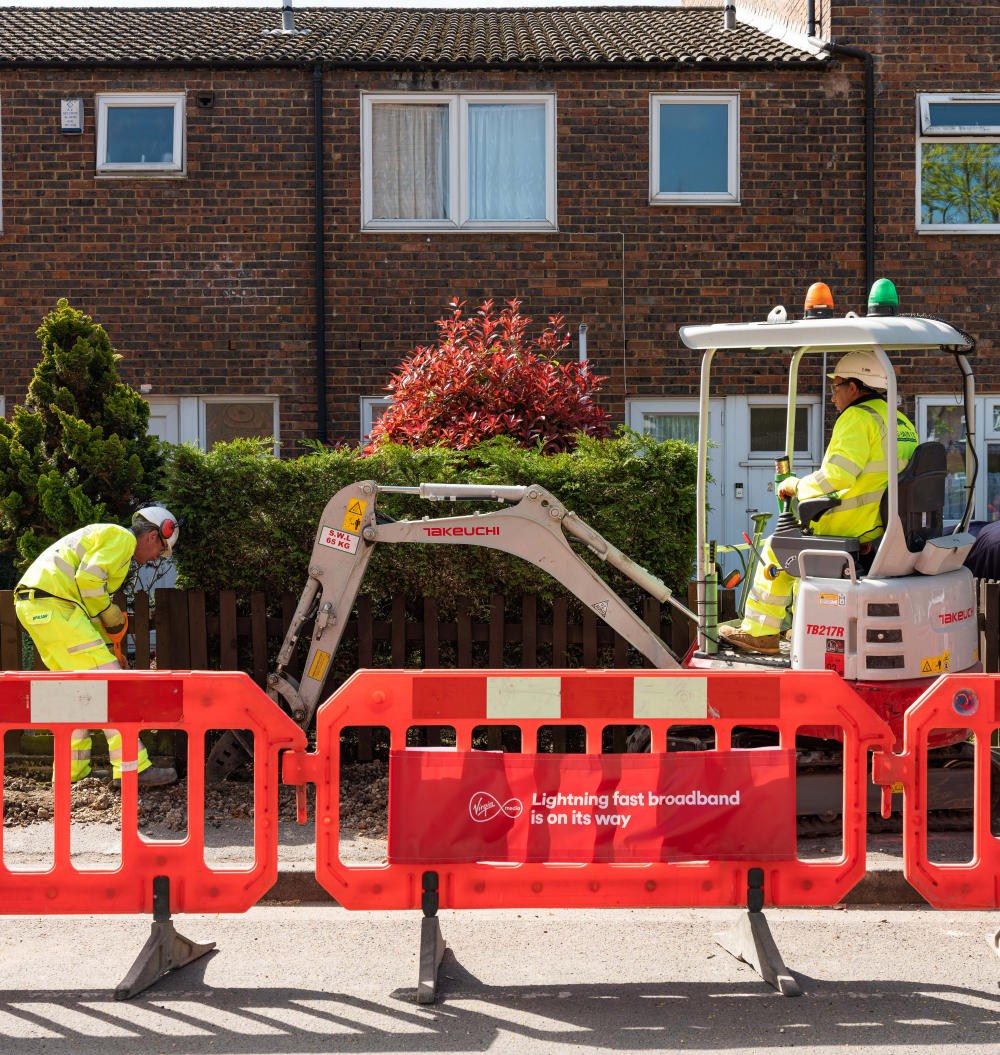





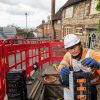






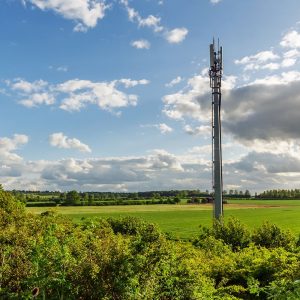
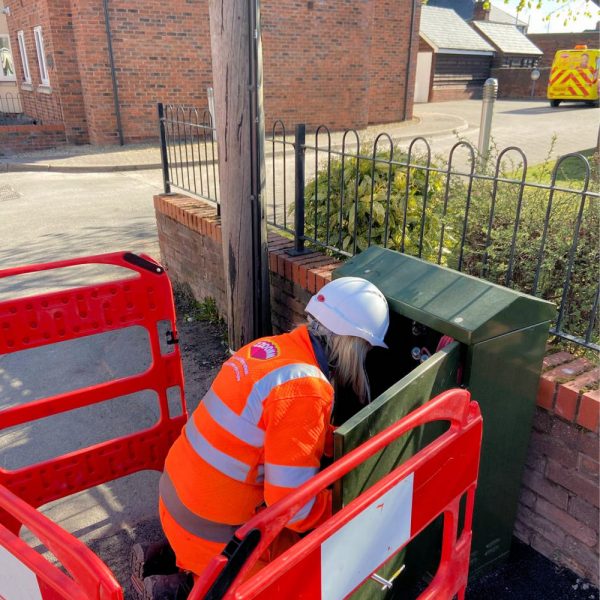

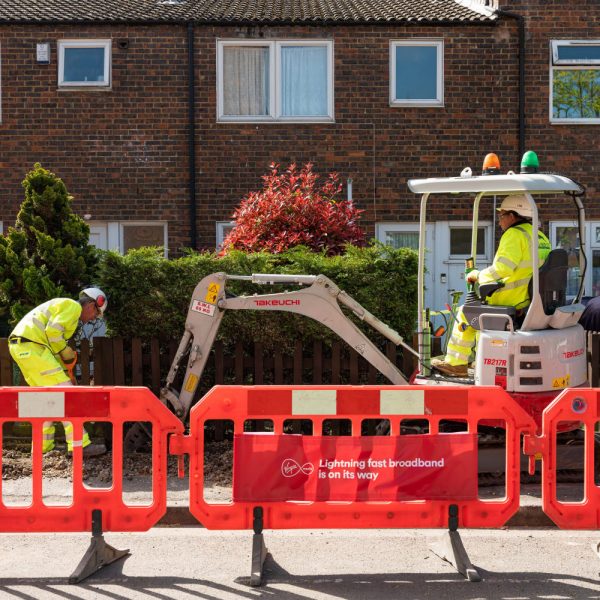


































Comments are closed